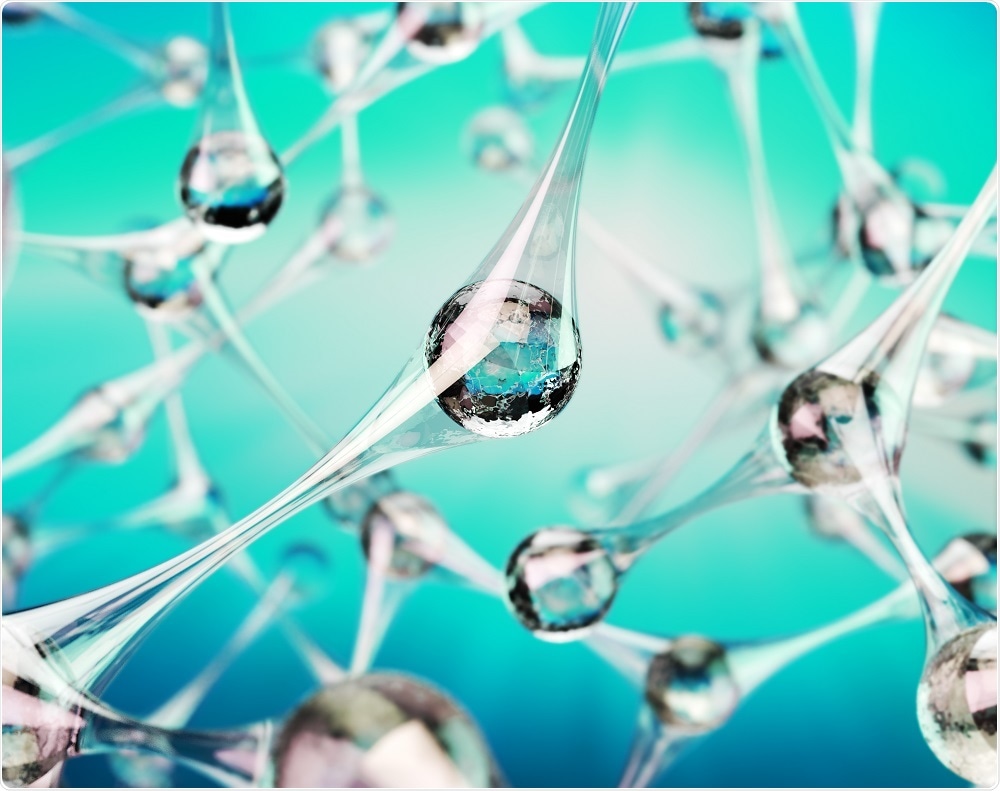Researchers from Nanyang Technological University and Northwestern University have developed a new way of seeing heavy wound scars as they form, using nanoparticles that enable early intervention by doctors.
 Image Credit: cybrain / Shutterstock
Image Credit: cybrain / Shutterstock
Excessive scarring can significantly affect a patient’s quality of life by impeding movement and activity, as well as causing pain when stretched.
Currently, clinicians find it difficult to predict how scars will form following surgery or a burn wound, for example, without having to perform invasive testing in the form of a skin biopsy.
Now, the joint research team have found a way of quickly and non-invasively predicting whether a wound is likely to lead to excessive scarring; through the use of nanoparticles.
If required, doctors can then take preventative measures to minimize scar formation such as using silicon sheets to ensure that the wound stays flat and moist.
As reported in the journal Nature Biomedical Engineering, the new tool uses thousands of nanoparticles called NanoFlares that have strands of DNA attached to their surfaces.
The particles are applied to closed wounds in the form of a cream and once they have penetrated the skin cells for 24 hours, a handheld fluorescence microscope is used to detect the signals they emit when they interact with target biomarkers inside the skin cells.
The detection of fluorescent signals indicates abnormal scarring activity and clinicians can then take preventative action to hopefully avoid heavier scarring.
Study author Xu Chenjie says that when the bioengineered nanoparticles are applied to skin, they penetrate up to 2mm below the skin surface and enter scar cells.
Upon binding with a specific tell-tale gene released by the scar cells, smaller DNA spikes are knocked loose and light up under the microscope like little light flares. The more flares we see, the more scarring activity there is.”
Xu Chenjie, Study Author
Head of research at the National Skin Center Dr Hong Liang Tey says this non-invasive method could potentially be very helpful in clinical practice and should be explored further.